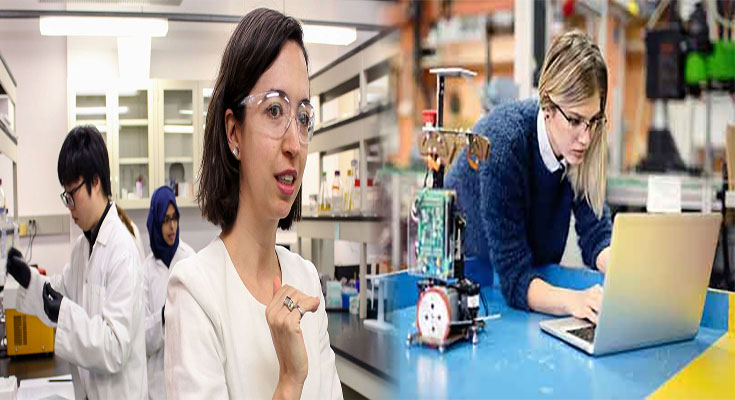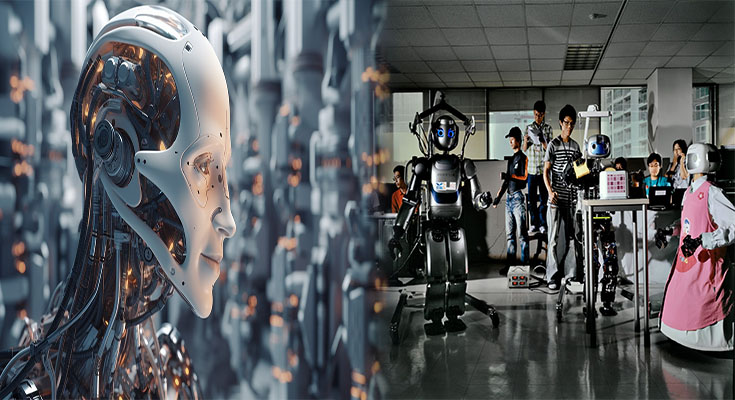
Inspiring Stories and Contributions to Science for Women in STEM
Throughout history, women have made significant contributions to the fields of Science, Technology, Engineering, and Mathematics (STEM), despite facing numerous obstacles and gender biases. Their remarkable achievements have not only advanced our understanding of the world but have also paved the way for future generations of women in STEM. In this article, we will explore inspiring stories of women who have made groundbreaking contributions to science and continue to inspire and empower women in STEM fields today.
1. Marie Curie – Pioneer in Radioactivity Research
Marie Curie is perhaps one of the most iconic women in STEM. Born in Poland in 1867, Curie’s groundbreaking research on radioactivity led her to become the first woman to win a Nobel Prize. She won her first Nobel Prize in Physics in 1903, sharing the recognition with her husband and Antoine Henri Becquerel. Curie later received a second Nobel Prize in Chemistry in 1911 for her discovery of the elements polonium and radium. Her untiring efforts and dedication to scientific research have left an indelible mark on the world of science and continue to inspire women in STEM today.
2. Rosalind Franklin – Unraveling the Structure of DNA
Rosalind Franklin was a British chemist and crystallographer who played a crucial role in unraveling the structure of DNA. Though her contributions were often overshadowed during her lifetime, her X-ray diffraction work provided crucial data that helped James Watson and Francis Crick develop the famous double helix model of DNA. Franklin’s significant contributions posthumously earned her …
Inspiring Stories and Contributions to Science for Women in STEM Read More




